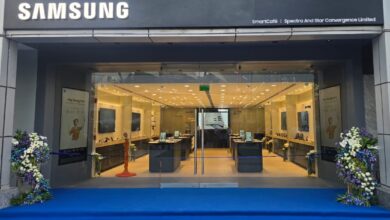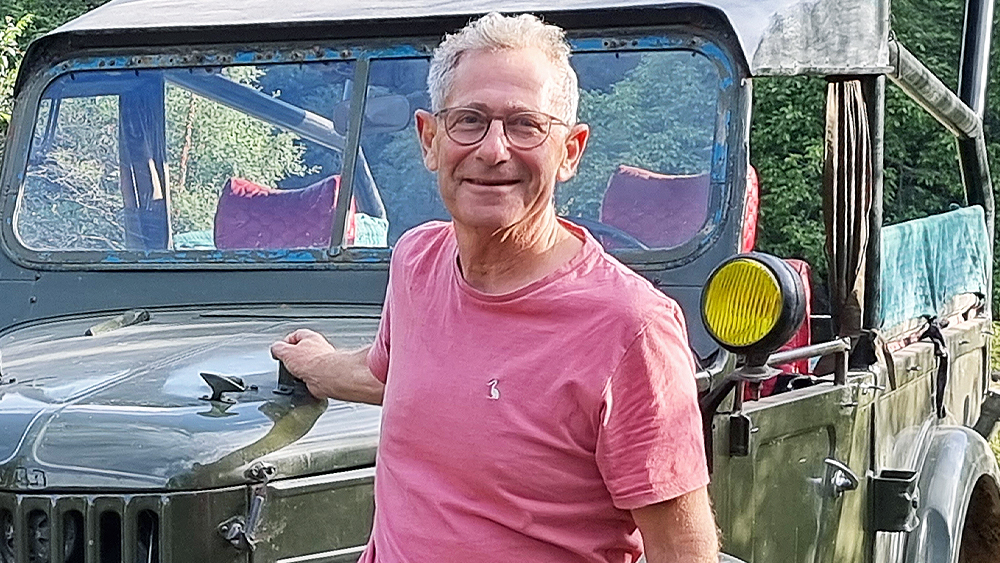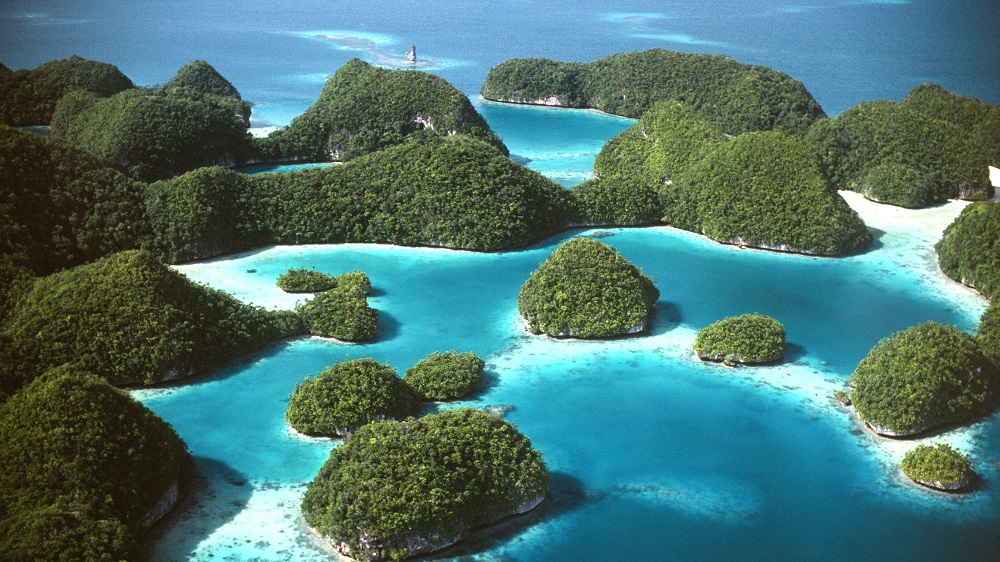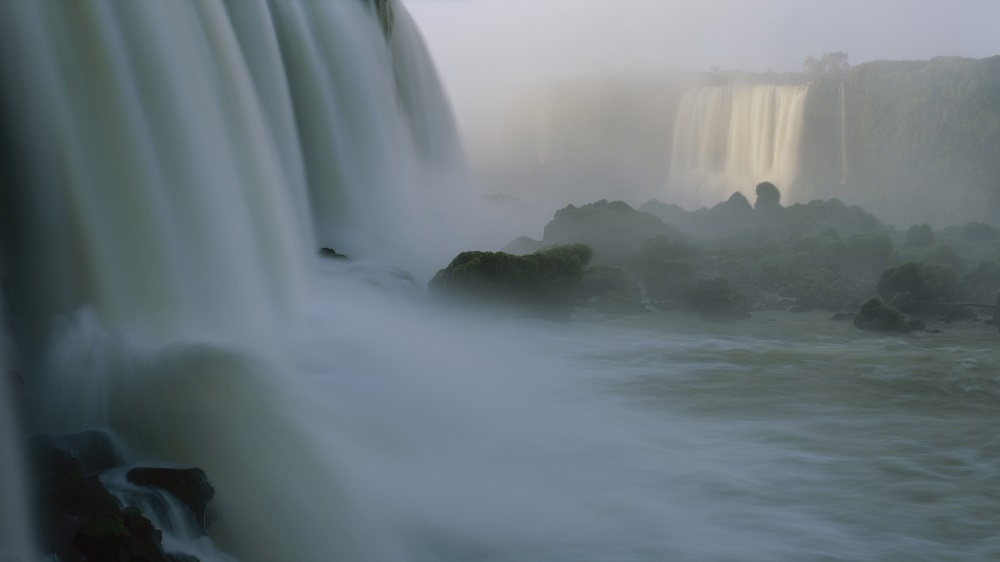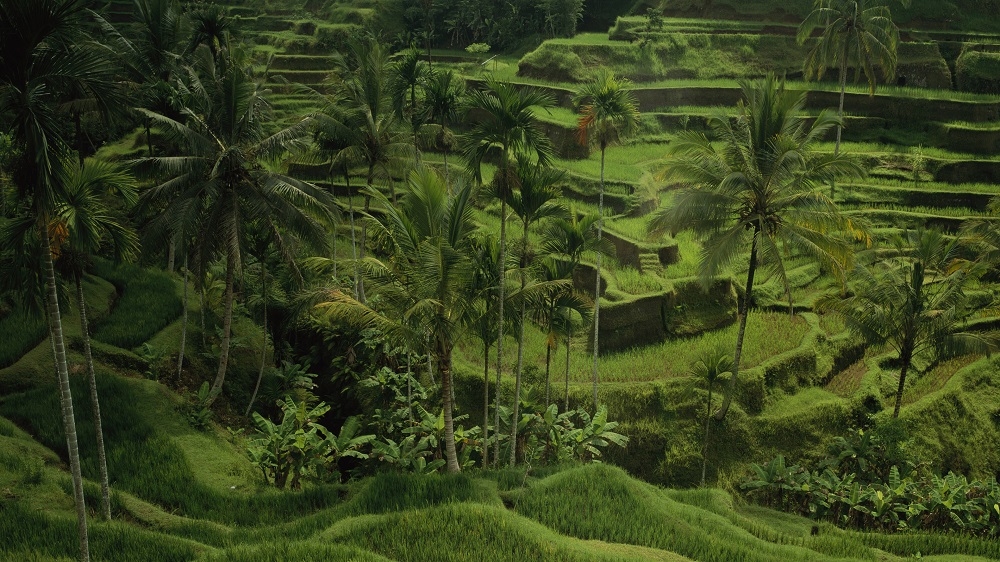[Interview] How Stuart Franklin Finds Inspiration in Moments in Time, as Showcased on The Frame
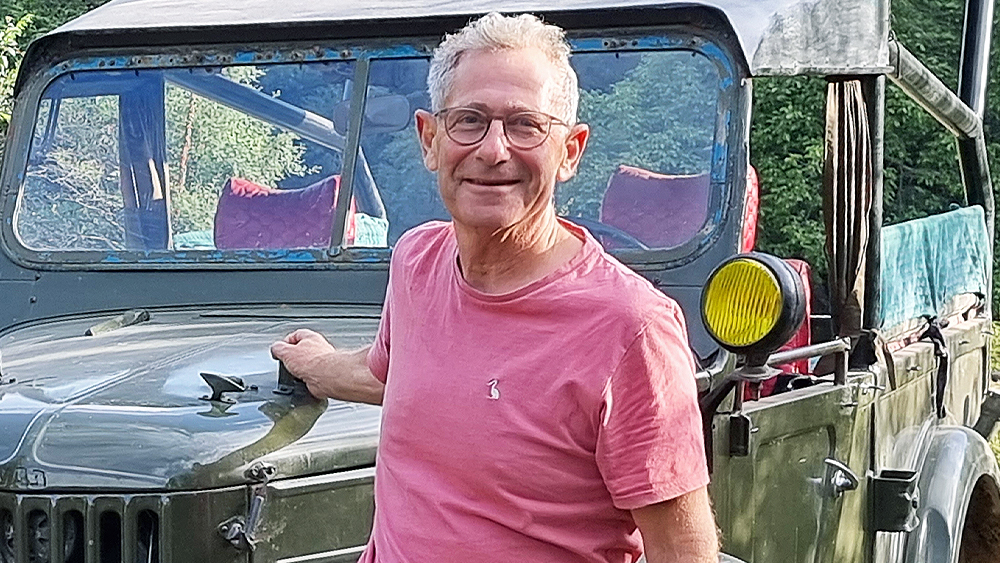
Samsung Art Store is the epitome of the digital-physical blend taking over today’s art experiences. It allows widely acclaimed galleries, museums and artists to showcase their masterpieces to users around the world by using The Frame’s immaculate digital display. Since its launch in 2017, Samsung Art Store allows for extraordinary, one-of-a-kind art selections to be accessible to consumers from the comfort of their own homes.
Stuart Franklin is an award-winning photographer who has traveled all over the world in pursuit of his work. The titles Franklin has held over the years vary from photographer to documentarian and art curator, with his work landing on the pages of newspapers, books, magazines and other media in between.
Over the years, Franklin’s work has gained considerable momentum and visibility — his work has earned a place in renowned publications around the world. Now, his work is featured on Samsung Art Store, introducing even more variety to the ever-growing art collection that is accessible through The Frame.
Samsung Newsroom sat down with Franklin to talk about his work and how he sees digital transformation taking the art world into new, unimaginable spaces.

▲ Stuart Franklin
Q: Briefly tell us about yourself, your work and the inspiration behind your photography.
I am a Magnum photographer, and I have been working in the industry for over 40 years. I am inspired by many things: light, form, the subject itself, often the overall idea behind a larger project. But these days I also enjoy drawing and painting as well.
I am currently working on a book about trees. 25 years ago, I published a book called The Time of Trees (1999), and I am now revisiting the subject in preparation for a new book in 2023.
Q: You began studying photography in 1976 and have made quite an impact since then. How has your photography evolved over time?
After studying drawing and painting, then photography, I began a career working for newspapers and news magazines. My stories were always people stories: in the news, street photography and portraits. This began to change during the 1990s when I began to focus more on landscape work — I worked on magazines, books or exhibition commissions and an exhibition for the National Galleries of Scotland.
Q: You are known for your wide array of photography styles. Could you elaborate more on your creative process?
My work has evolved over time. In the past, I worked mostly in news features or breaking news. I haven’t given that up: I recently did work on the Covid-19 pandemic in the U.K. But more and more I am focusing on landscape photography. Currently, I am interested in the relationship between nature and memory, so the conversation surrounds the relationship between elements in the landscape that spark a memory and something objectively interesting in the landscape itself.
Q: What is your favorite setting or location to take pictures?
Right now, forests. I have recently been working in the largest walnut forest in the world in Kyrgyzstan.
Q: Can you tell us specifically how advancements in technology and the emergence of digital art and platforms have changed or shaped your career?
Unusually, my work has moved full circle from working on color transparency film and black and white negative to digital color in about 2004 and now back to 80% film. I use my Samsung Galaxy S21 Ultra for about 90% of my digital color photography these days. Digital has many advantages, especially working in low light. But currently, I am working with film in black and white and digitally with the Galaxy S21 for color.
Backlighting and increased dynamic range are always an advantage with digital displays, but the disadvantage is often reduced image size. It is difficult to mix the two. Anything backlit in an exhibition will always stand out more than a silver gelatin print.
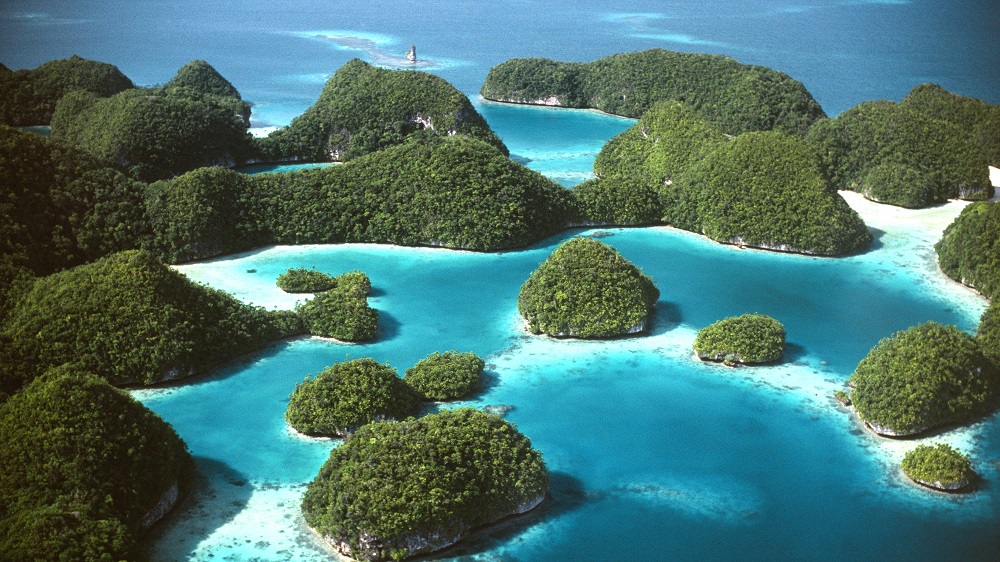
▲ “Caroline Islands (2000)”, Stuart Franklin
Q: Caroline Islands (2000) is one of your most popular photographs displayed on The Frame. Tell us briefly about this piece. Why do you think people are attracted to this image?
This landscape and these colors speak of somewhere remote, a get-away, an escape, somewhere quiet and undisturbed. In bustling urban life, all these qualities become desirable.
Q: A lot of your photography within the Art Store that gained popularity over the years involve nature. Can you tell us more about what your artistic intentions were for these photos?
I have always found solace in nature and in celebrating its beauty. The challenge is making inspiring places be as inspiring in a photograph. That usually involves choosing the right light and the best time of day to be out photographing so that the highlights are not too bright or the shadows too dark. Light — the quality of light — plays a huge role in how I think about photography.
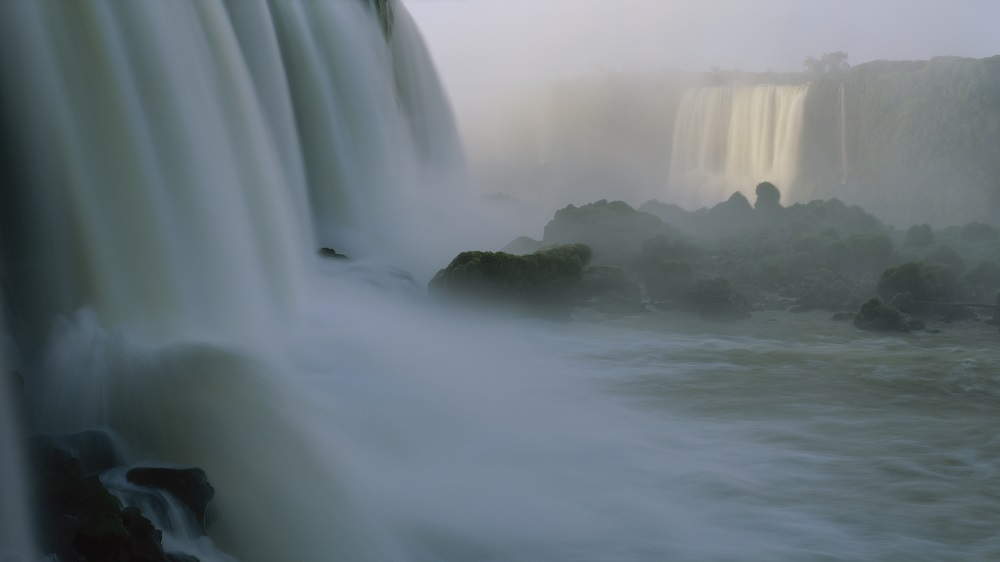
▲ “Falls, Brazil (2000)”, Stuart Franklin
Q: Can you give us some background on this photo?
This photograph was taken in late 1999 on commission for the article titled Celebrations of Earth — published in January 2000 as the opening story of the new millennium. Due to the mist formed by the water thundering down the waterfall, the morning light stayed soft for quite a long time, which gave me enough chances to make several exposures from different vantage points. Also, Polaroid films that fit my camera were easy to buy back then to help me out in trials before making the actual exposures.
Q: Where do you see the future of photography art exhibitions heading? What are your thoughts about what’s to come?
I think there will always be an attraction in seeing the print as a three-dimensional object, as one sees a painting. However, I suspect in the future that the three dimensionality that we are used to experiencing in a gallery will be deliverable digitally and become widespread in time. The digital experience will expand in ways that we can barely imagine. There will be more virtual galleries and exhibitions. I feel sure of that, and that will make art more accessible to a wider range of people.
Q: Aside from the two photographs listed above, do you have any other recommended pieces for The Frame users?
I will always be one to flag my most recent work, so perhaps the work this year from Spain, Italy or Kyrgyzstan or the work I am about to do in November in Cambodia and Bali. But then I recommend the images from Bali that I took in 1999 for the Celebrations of Earth project — I still love those beautiful green rice fields. Then there is the work from Korea. Too much to choose from.
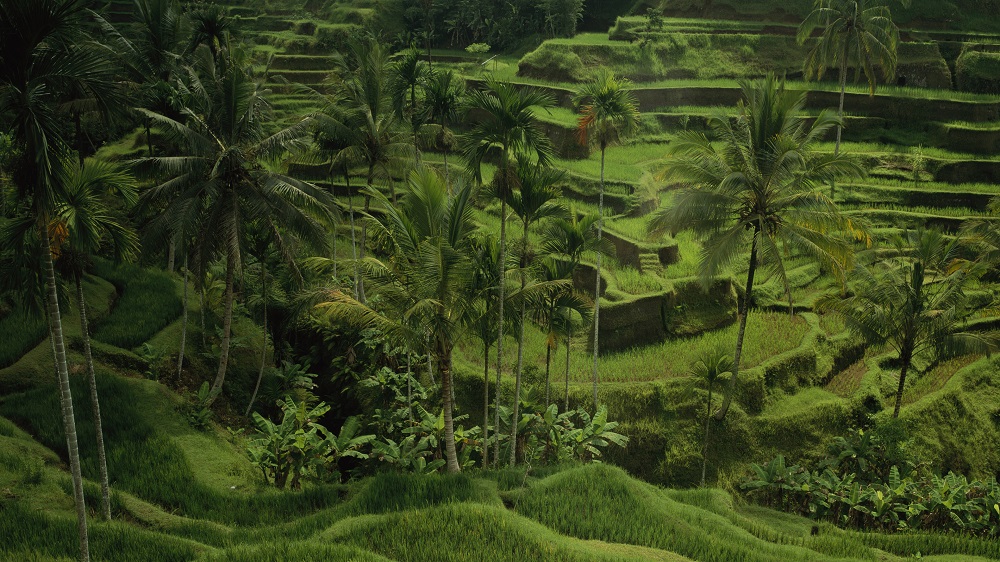
▲ “Rice Fields, Indonesia (2000)”, Stuart Franklin
To see more of Franklin’s photographs, head to the Samsung Art Store.

